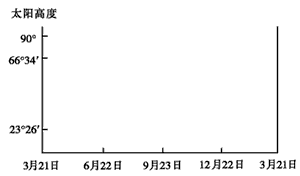Large parts of the world have not enjoyed the remarkable global progress in health conditions that have taken place over the past century. Indeed, millions of deaths in impoverished nations are avoidable with prevention and treatment options that the rich world already uses. This year, 10 million children will die in low and middle income countries. If child death rates were the same as those in developed countries this figure would be lower than 1 million. Conversely, if child death rates were those of rich countries just 100 years ago, the figure would be 30 million. Today’s tools for improving health are so powerful and inexpensive that health conditions could be reasonably good even in poor countries if policy makers spent even relatively little in the right places.
Recent research for the Copenhagen Consensus identifies several highly cost-effective options that would tackle some of the planet’s most urgent health problems. The most promising investment is in tuberculosis treatment. Some 90 percent of the 1.6 million tuberculosis deaths in 2003 occurred in low-and middle-income countries. Because tuberculosis affects working-age people, it can be a trigger of household poverty. The cornerstone of control is prompt treatment using first-line drugs, which doesn’t require a sophisticated health system. Spending $1 billion on tuberculosis treatment in a year would save 1 million lives. Because good health accompanies higher levels of national economic welfare in the long run, the economic benefits are worth $ 30 billion.
The second most cost-effective investment is tackling heart disease. Heart disease might not seem like a pressing issue for poor nations, but it represents more than a quarter of their death toll. Measures to reduce risk factors other than smoking — high intake or saturated animal fat, obesity, binge drinking of. alcohol, physical inactivity, and low fruit and vegetable consumption — have had little success. Treating acute heart attacks with inexpensive drugs is, however, cost-effective. Spending $ 200 million could avert several hundred thousand deaths, yielding benefits that are 25 times higher than costs.
The third option is prevention and treatment of malaria. A billion dollars would expand the provision of insecticide-treated bed-nets and facilitate provision of highly effective treatment. This would save more than a million child deaths and produce economic benefits worth $ 20 billion.
The fourth alternative for policymakers is to focus on child health initiatives. The best measures are familiar ones expanding immunization coverage, promoting breastfeeding, increasing the use of simple and cheap treatments for diarrhea and childhood pneumonia, and so on.
Even if the costs of all these initiatives were two or three times higher than we estimate, these efforts would still provide amazing opportunities to reduce health inequality and do good in the world.
According to the author, if $1 billion were invested in the prevention and treatment of heart discase, which of the following economic benefits would be produced?()
A.$ 20 billion.
B.$ 25 billion.
C.$ 30 billion.
D.$ 35 billion.
